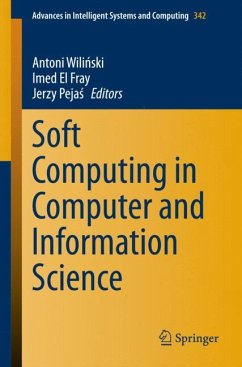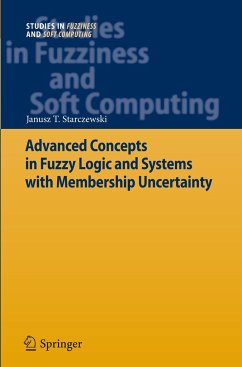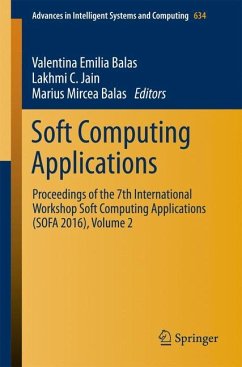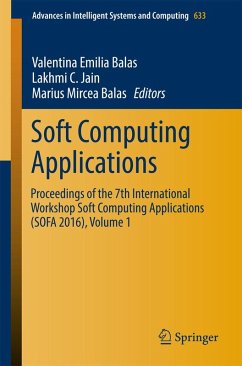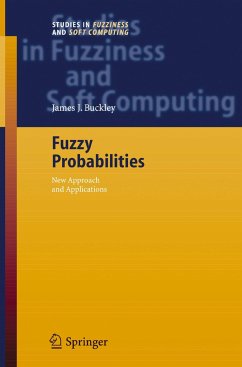
Soft Numerical Computing in Uncertain Dynamic Systems

PAYBACK Punkte
50 °P sammeln!
Soft Numerical Computing in Uncertain Dynamic Systems is intended for system specialists interested in dynamic systems that operate at different time scales. The book discusses several types of errors and their propagation, covering numerical methods-including convergence and consistence properties and characteristics-and proving of related theorems within the setting of soft computing. Several types of uncertainty representation like interval, fuzzy, type 2 fuzzy, granular, and combined uncertain sets are discussed in detail. The book can be used by engineering students in control and finite ...
Soft Numerical Computing in Uncertain Dynamic Systems is intended for system specialists interested in dynamic systems that operate at different time scales. The book discusses several types of errors and their propagation, covering numerical methods-including convergence and consistence properties and characteristics-and proving of related theorems within the setting of soft computing. Several types of uncertainty representation like interval, fuzzy, type 2 fuzzy, granular, and combined uncertain sets are discussed in detail. The book can be used by engineering students in control and finite element fields, as well as all engineering, applied mathematics, economics, and computer science students.
One of the important topics in applied science is dynamic systems and their applications. The authors develop these models and deliver solutions with the aid of numerical methods. Since they are inherently uncertain, soft computations are of high relevance here. This is the reason behind investigating soft numerical computing in dynamic systems. If these systems are involved with complex-uncertain data, they will be more practical and important. Real-life problems work with this type of data and most of them cannot be solved exactly and easily-sometimes they are impossible to solve.
Clearly, all the numerical methods need to consider error of approximation. Other important applied topics involving uncertain dynamic systems include image processing and pattern recognition, which can benefit from uncertain dynamic systems as well. In fact, the main objective is to determine the coefficients of a matrix that acts as the frame in the image. One of the effective methods exhibiting high accuracy is to use finite differences to fill the cells of the matrix.
One of the important topics in applied science is dynamic systems and their applications. The authors develop these models and deliver solutions with the aid of numerical methods. Since they are inherently uncertain, soft computations are of high relevance here. This is the reason behind investigating soft numerical computing in dynamic systems. If these systems are involved with complex-uncertain data, they will be more practical and important. Real-life problems work with this type of data and most of them cannot be solved exactly and easily-sometimes they are impossible to solve.
Clearly, all the numerical methods need to consider error of approximation. Other important applied topics involving uncertain dynamic systems include image processing and pattern recognition, which can benefit from uncertain dynamic systems as well. In fact, the main objective is to determine the coefficients of a matrix that acts as the frame in the image. One of the effective methods exhibiting high accuracy is to use finite differences to fill the cells of the matrix.






